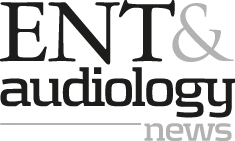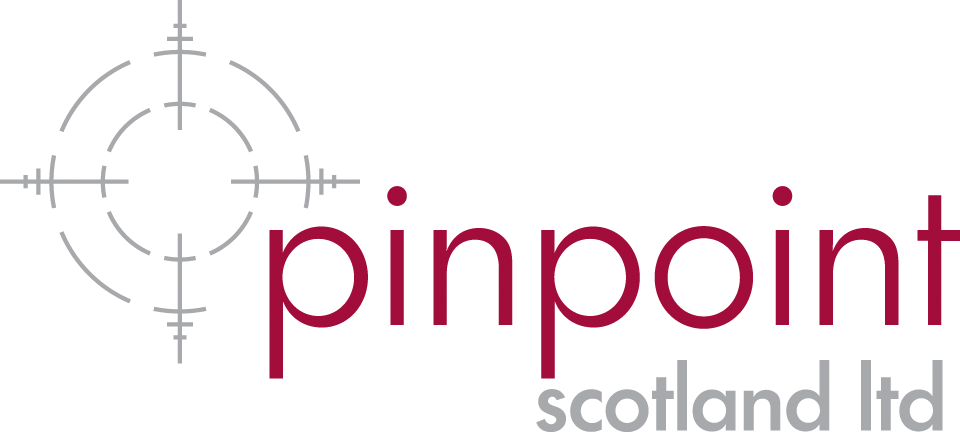
Journal Reviews archive for November 2025
Is pan-endoscopy necessary to detect synchronous primary in upper aerodigestive tract cancer?
Diagnosis of head and neck cancer requires speed. It has also to be comprehensive in view of the possibility of synchronous primary cancer (SPC) associated with upper aerodigestive tract cancer (UADTC). Some centres still consider pan-endoscopy essential in the diagnostic...
Are you still talking about Covid?
Bell’s palsy (idiopathic facial nerve palsy) has an annual incidence of 15 to 30 cases per 100,000 people. This study aims to assess the effect of Covid and Covid vaccination on this incidence using a large database. Authors used TriNetX,...
Scalp grafting as a reconstructive technique for severe alar retraction
Severe alar retraction is an acknowledged challenging aspect of revision rhinoplasty. Traditional grafting methods such as composite grafts, nasolabial flaps and cutaneous alar rotation flaps often carry limitations, including visible scarring, colour mismatch and reduced graft survivability. This retrospective cohort...
Does frailty lead to changes on quantitative measures of videofluoroscopic swallowing assessment?
In recent years, studies have considered the relationship between frailty and swallowing and demonstrated that decreased skeletal muscle mass correlates with decreased swallowing function. This study investigated this relationship by using quantitative measurement of three individual components of swallowing assessed...
Which patients are suitable for surgery in recurrent head and neck cancer?
Currently, radiotherapy and chemotherapy is the most common modality used in the management of primary head and neck squamous cell carcinomas (HNSCC). Unfortunately, around 50% of patients experience disease recurrence (rHNSCC). Surgery is therefore often used as a salvage treatment....










